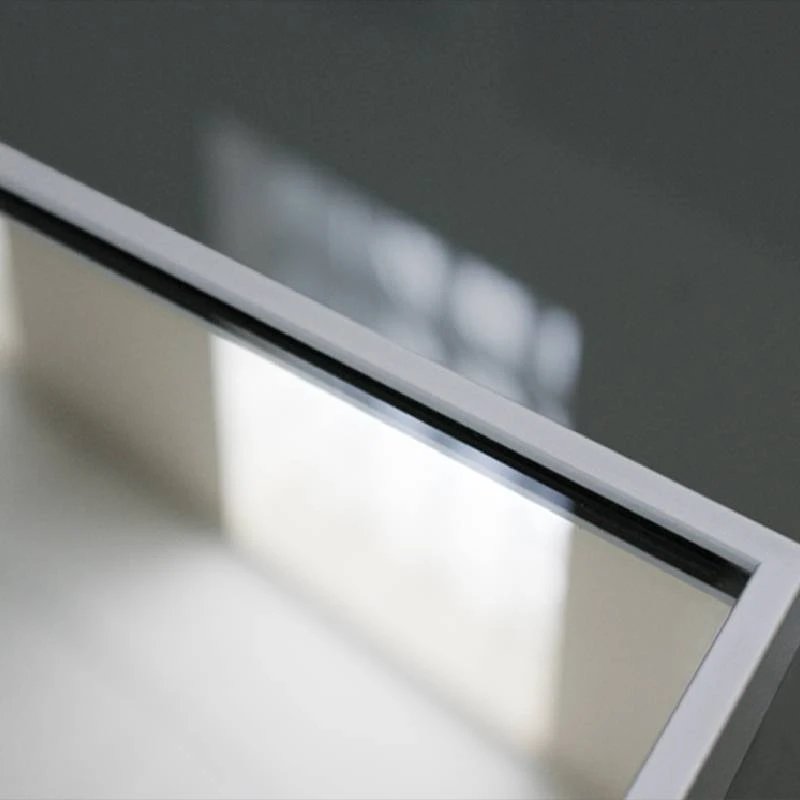

Understanding Non-Glare Glass Benefits and Applications
In our increasingly visual world, clarity and precision in how we perceive images and information are paramount. Non-glare glass plays an essential role in ensuring that viewers receive the best possible experience when engaging with various visual displays, from fine art to digital screens. This article explores the characteristics, benefits, and diverse applications of non-glare glass, shedding light on why it is becoming a preferred choice in many settings.
What is Non-Glare Glass?
Non-glare glass, also known as anti-reflective or matte glass, is specially treated to minimize reflections and diffuse light. Unlike regular glass, which can create distracting glares and reflections, non-glare glass features a frosted or etched surface that scatters light rather than allowing it to bounce back directly. This unique property enhances visibility and reduces distractions, making it ideal for various uses.
Benefits of Non-Glare Glass
1. Enhanced Visibility One of the primary advantages of non-glare glass is its ability to provide crystal-clear visibility. By minimizing reflections, it allows viewers to see images, texts, or displays without the interference of bright spots or glare. This is especially beneficial in environments with strong lighting, such as galleries, museums, and offices.
2. Improved Aesthetic Appeal Non-glare glass is often preferred for framing artwork and photographs. It allows for an unobstructed view of the piece, ensuring that colors and details are accurately portrayed. As a result, artwork can be appreciated in its entirety without the disruption caused by light reflections.
3. Reduced Eye Strain Glare can cause discomfort and eye strain, which is increasingly problematic in environments that rely on screens. Non-glare glass can reduce this strain, creating a more comfortable viewing experience, particularly during prolonged use, such as in offices or classrooms.
4. Versatility Non-glare glass is highly versatile, finding applications across various industries. From educational institutions that require clear presentation materials to retail environments where product displays must be attractive, non-glare glass is adaptable to numerous forms and settings.
5. Durability Most non-glare glass options are designed to be robust and scratch-resistant. This durability not only protects the visuals being displayed but also ensures that the glass maintains its integrity over time.

Applications of Non-Glare Glass
Non-glare glass is employed in a variety of contexts, each benefiting from its unique properties
- Art Galleries and Museums In these spaces, the primary goal is to showcase artwork without distractions. Non-glare glass enhances the visual experience for visitors, allowing them to appreciate the finer details of each piece.
- Corporate Settings Meeting rooms and conference areas often utilize non-glare glass for presentations and video displays. The clarity it provides helps ensure that all attendees can see and understand the materials being presented, regardless of the lighting conditions.
- Educational Institutions Classrooms and lecture halls benefit significantly from non-glare glass in whiteboards and projection screens. It assists in maintaining student engagement by ensuring that teaching materials are visible without obstructions.
- Retail Displays Retailers frequently use non-glare glass to showcase products in windows or showrooms. This encourages customer interaction and appreciation of merchandise, as the products can be viewed clearly without interruptions from reflections.
- Home Decor Homeowners often prefer non-glare glass for displaying family photos and artwork. It ensures that cherished memories can be enjoyed without the distraction of glare, contributing to a welcoming atmosphere in living spaces.
Conclusion
In conclusion, non-glare glass is an invaluable material that enhances visibility, usability, and aesthetic appeal across a multitude of applications. By minimizing reflections and distractions, it allows audiences to engage more fully with what they are viewing, whether that's a piece of art, a corporate presentation, or a beloved photograph in the home. As technology advances and our visual environments continue to evolve, non-glare glass remains a critical component in creating clear, comfortable, and visually pleasing experiences.